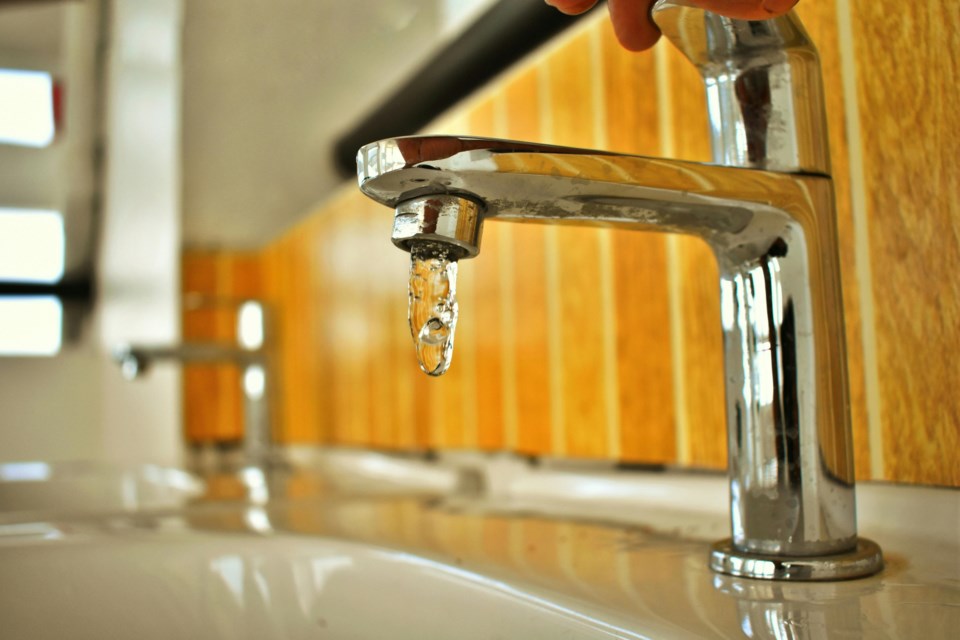On Tuesday night, the Longmont City Council heard a presentation by Lance Smith, business enablement officer for the city of Longmont, concerning a proposal for future water rate increases.
Smith offered two options to city council members. Option A included a five-year plan and Option B would consider a three-year plan. The only difference between the two plans is that Option B would better align with the city’s budgeted renewal of its master plan in 2025.
The plans would call for a 9-9.75% increase in water rates. In year one, a single-family residence would see an average of $4.46 increase on their monthly bill. In year two, the average would increase to $4.82, in year three to $5.12, in year four $5.66 and in year five it would be $6.30. In total, Longmont residents could see an average utility bill — including electric, water, wastewater, storm drainage, wastewater and park and greenway maintenance fees — increase of $13.56 per month beginning in 2025.
Residents enrolled in the CARes program, which offers financial assistance and rebates, will see an average of $5.34 per month increase on their total utility bill.
Longmont has historically held below-average utility rates compared to neighboring municipalities. These increases would remain consistent with that based on the information available today. According to Harold Dominguez, city manager, other local municipalities are also planning utility rate adjustments soon and others are expecting much larger increases than Longmont is proposing.
The proposed increases are due to inflation and the need to complete several water-related capital improvement projects. Some of these projects include the Ralph Price Reservoir improvements at $8 million, replacing cast-iron piping throughout the city at $44 million, site improvements for the Nelson-Flanders Water Treatment Plant at $30 million and an expansion of the Nelson-Flanders Plant at $65 million. The city also identified 15 additional capital improvement projects over the next few years that would add up to an additional $26 million. The expected total cost of all these projects is $176 million.
The proposed rate increases are expected to help ensure adequate revenues are generated across all rate classes to ensure the city meets its operational costs of providing water services to the city.
Along with increasing rates, the city plans to leverage its capital debt capacity and significantly utilize its reserves for these upcoming projects.
It plans to issue revenue bonds totaling $147 million to complete the Nelson-Flanders Water Treatment Plant plans and to replace cast-iron piping throughout the city with PVC piping. It plans to delay the Nelson-Flanders expansion — a cost of $65 million — until 2029 to allow for an easier financial adjustment. According to Smith, that is the latest the plans can be diverted and still meet projected water services demands.
At the end of 2023, the city’s water financial reserves totaled $45 million and it expects to have $30 million in reserve at the end of 2024. The city would allocate $15-20 million of those funds to the proposed capital improvement projects.
Since Tuesday night was a study session, the council instructed staff to bring back an ordinance to go with Option B. Five of the council members — except Shaquita Yarbrough and Sean McCoy — chose Option B. The five council members in agreement thought the flexibility of the plan to be revised and aligned with the master’s plan would be the best option for Longmont residents. Yarbrough and McCoy advocated for Option A’s consistency over the next five years.
The ordinance has yet to be scheduled for a future council meeting where the council will vote on it. It is expected that a decision will be made this year and future rate increases would begin January 1, 2025.



